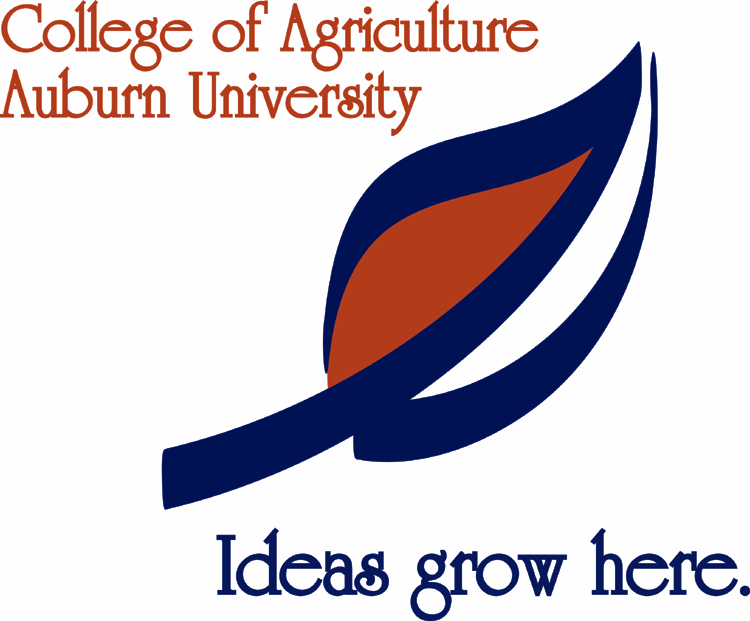|
|
Alabama's
population might not have grown as fast as the rest of the US but it has
not diminished. Most of the population increase has been in cities, suburbs,
and in mid-sized regional towns (although this type of growth is hard
to demonstrate without using more charts and graphs than is appropriate
here). Some of the growth has been in the form of planned neighborhoods
composed of single-family housing units and/or apartment complexes. Much
of the growth has not been well-planned. Even though the operation of
family farms has diminshed, this population growth has impinged on the
remaining rural land in Alabama. Often the most productive and profitable
farms still in operation are located near expanding populations and are
therefore the most hard hit. Even well-planned growth can cause problems
at the interface between residence land and farms but unplanned growth
quite often leads to problems.
Population
concentrations produce sewage, garbage, and many chemicals such as petroleum
products, lawn fertilizers, herbicides and pesticides. While it is true
that some farms can use similar chemicals, farms tend to use chemicals
in ways that will not damage crops; yet the uncontrolled use of substances
from nearby residential areas can damage crops, animals and soils considerably.
Noises from residential vehicles and homes can disturb animals, interfering
with their growth or productivity. Large clusters of people can divert
or deplete water supplies on which local farms had previously relied for
decades. Urban or suburban areas now cause significant erosion problems
(see below) and these can adversely effect farms more than the urban areas
themselves.
On the other
hand, farms produce noise themselves and can produce odors that nearby
suburban residents don't like. During particular times of the year, farms
sometimes use chemicals heavily, and, while these chemicals do not necessarily
present a threat to nearby suburban residents, they can make parents worry
about their children. Some times during chemical use, people need to take
temporary precautions and it is hard to coordinate such activities with
the needs of nearby suburban residents.
|
